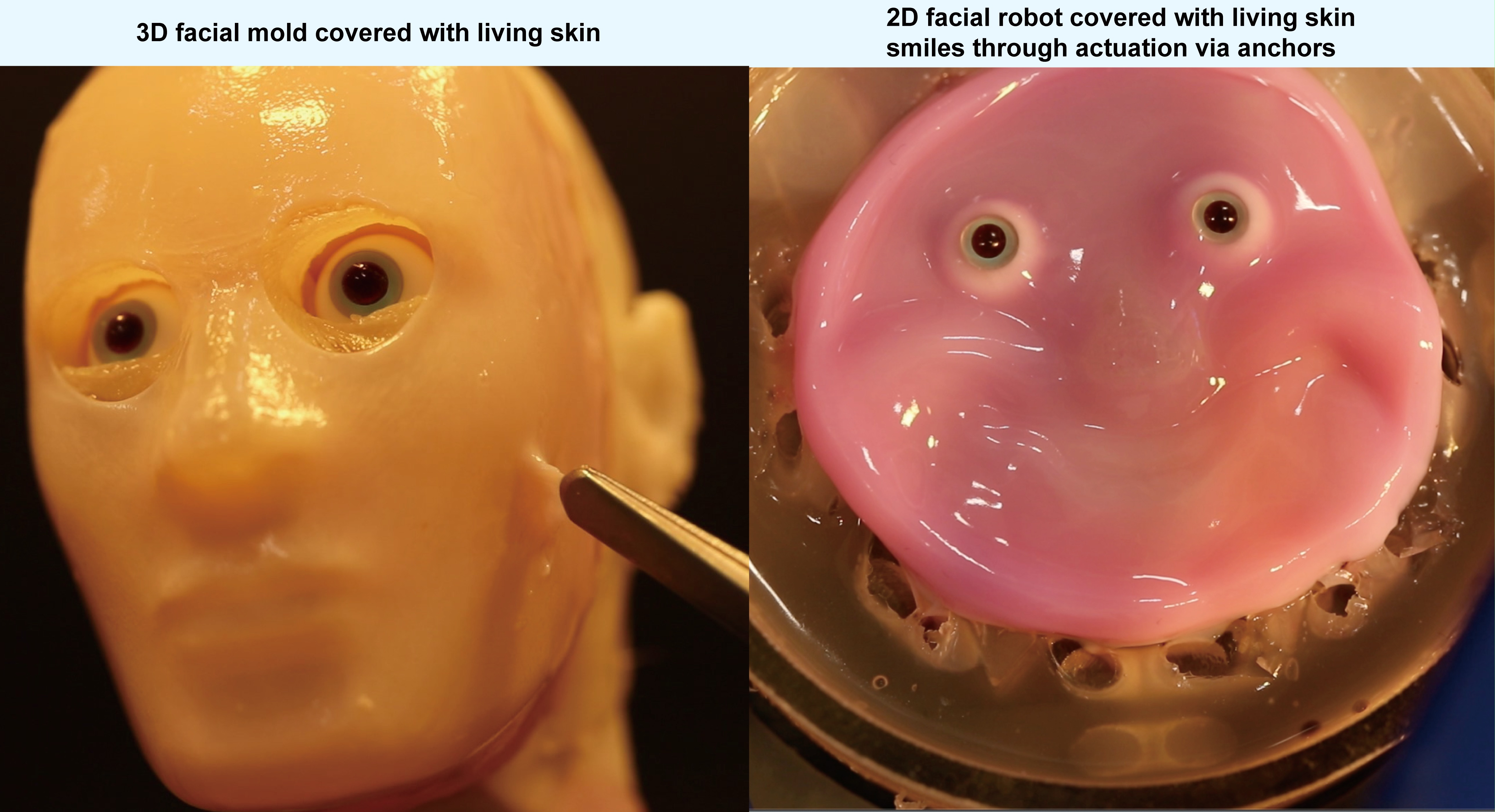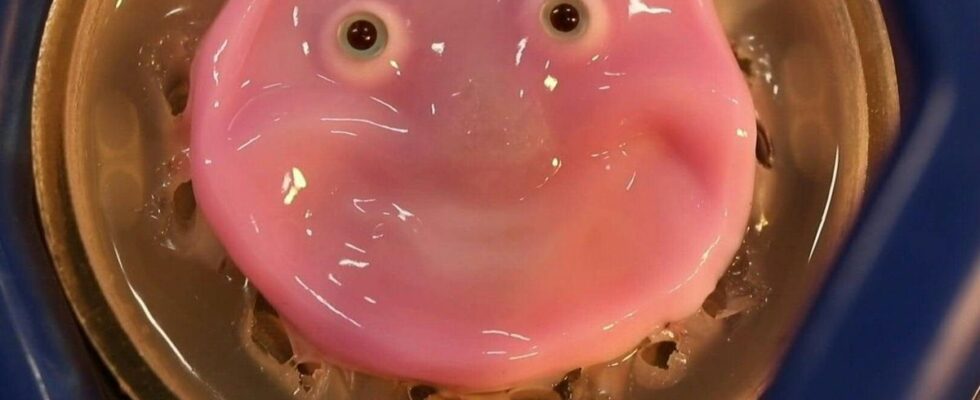Published on
Updated
Reading 1 min.
Japanese researchers have succeeded in developing an innovative technology allowing artificial skin to be attached to humanoid robots. Enough to make them more real than life in the years to come.
Directly inspired by the ligaments of human skin, this technique uses special V-shaped perforations allowing the skin to perfectly adhere to the structure of a robot. In the future, this type of advancement could improve the appearance and therefore the realism of these robots, while offering them new uses.
Here the researchers used a special collagen gel for adhesion, which they managed to penetrate even into the fine structures of the perforations. The result is spectacular on the face since the skin allows the robot to have very realistic expressions, starting with the smile.
This prototype, grown in the laboratory, the university of Tokyorepresents a fundamental advance in biohybrid robotics, where biology meets mechanical engineering. Its flexibility allows the skin to move with the mechanical components of the robot without tearing or detaching. Because, until now, the first attempts to attach skin to humanoid robots were not very convincing, both in terms of movement and resistance.

So far, researchers have succeeded in reproducing the appearance of a human face, although there are still many challenges before achieving perfection, such as obtaining thicker epidermis or wrinkles on the surface. Basically, the idea is to one day be able to associate a realistic face with a robot, with pores, sweat glands, fat, blood vessels, etc. At that time, there is no doubt that the results of this research could also be used in humans, for skin grafts.
In the meantime, the next step will be to make this skin capable of self-healing, which will require the presence of sensors designed to control its pressure or heat in real time. The idea of associating the skin of a face with a chip could open new perspectives in other areas than robotics, such as cosmetics.
